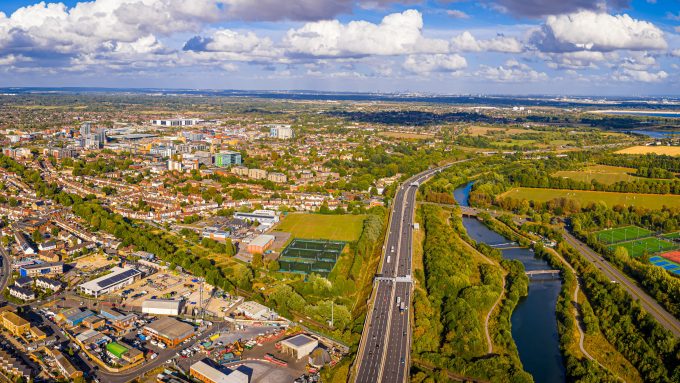
Making net zero real locally

Net Zero Navigator is a strategic tool which local authorities and other stakeholders can use to formulate, iterate and finalise plans which are tailored to their local context
Local authorities across the United Kingdom (UK) have made climate and/or biodiversity emergency declarations and many more are setting targets for achieving net zero in advance of the National Government’s 2050 goal.
The UK has committed to reach net zero emissions by 2050. Many local authorities have declared climate emergencies and set earlier target dates, often 2030
Connected Places Catapult have partnered with Useful Simple Trust, Space Syntax and OnePlanet to develop tools to support local areas in moving from aspiration to action
So, What Does Net Zero Navigator Offer?
- It’s free to use! A huge incentive to try the tool.
- It’s aimed at any individual working within any local authority (country, district, unitary, metropolitan and London boroughs).
- It supports local authorities in planning programmes of work and in engaging members and partners in their delivery.
- It’s valuable in helping local authorities explore impactful actions, aligned with science-based targets, to limit global temperature to a 1.5C increase.
- It seeks to encourage collaborative thinking and processing addressing the climate crisis.
- it allows users to select co-benefits (for example jobs, health) which are most important whilst considering the impact of interventions in these areas.
- It focuses on mitigation actions to reach net zero carbon, including wider adaptation measures to increase climate resilience, delivering benefits to local resident.
- It signposts relevant information, guidance, tools and resource to take plans to the next level.
- It recognises that each local area is different, allowing for meaningful commonalities, which can be identified
- Best of all. No data is collected by third parties
What Does the Tool Do?
The tool assesses area-wide emissions and subsequently proposes area-wide programmes of work. It proposes actions that local authorities can implement on their own as well as in partnership with local communities and businesses
What the Tool Does Not Do
The tool does not sequence actions and does not analyse the inter-dependencies between proposed programmes of work
Conclusion
Further reading can be found at https://cp.catapult.org.uk/news/net-zero-navigator-and-oneplanet-connected-places-catapult/





